-
 Bitcoin
Bitcoin $108,262.4325
-1.40% -
 Ethereum
Ethereum $2,518.2882
-2.94% -
 Tether USDt
Tether USDt $1.0003
-0.01% -
 XRP
XRP $2.2262
-1.71% -
 BNB
BNB $653.9254
-1.55% -
 Solana
Solana $148.1036
-3.11% -
 USDC
USDC $1.0000
0.01% -
 TRON
TRON $0.2829
-1.45% -
 Dogecoin
Dogecoin $0.1639
-4.82% -
 Cardano
Cardano $0.5742
-4.43% -
 Hyperliquid
Hyperliquid $38.9506
-3.95% -
 Sui
Sui $2.9040
-4.34% -
 Bitcoin Cash
Bitcoin Cash $484.8307
-2.62% -
 Chainlink
Chainlink $13.1971
-3.73% -
 UNUS SED LEO
UNUS SED LEO $9.0822
0.51% -
 Avalanche
Avalanche $17.8613
-4.01% -
 Stellar
Stellar $0.2385
-2.26% -
 Toncoin
Toncoin $2.7570
-3.88% -
 Shiba Inu
Shiba Inu $0.0...01145
-3.99% -
 Litecoin
Litecoin $86.9999
-2.43% -
 Hedera
Hedera $0.1538
-3.90% -
 Monero
Monero $313.7554
-2.03% -
 Polkadot
Polkadot $3.3681
-5.08% -
 Dai
Dai $1.0000
0.00% -
 Ethena USDe
Ethena USDe $1.0001
-0.01% -
 Bitget Token
Bitget Token $4.4401
-2.97% -
 Uniswap
Uniswap $6.9644
-8.41% -
 Pepe
Pepe $0.0...09666
-4.79% -
 Aave
Aave $266.5686
-5.04% -
 Pi
Pi $0.4713
-4.95%
Bybit leverage trading principle
Bybit leverage trading offers various features to amplify potential profits, including adjustable leverage levels, risk management tools, and advanced trading strategies like grid trading and hedging.
Nov 17, 2024 at 09:26 am
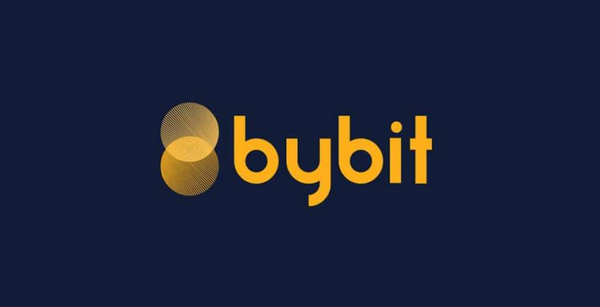
Bybit Leverage Trading Principle: A Comprehensive Guide
Introduction
Leverage trading is a powerful tool that enables traders to amplify their returns by borrowing funds from an exchange or broker. Bybit, a renowned cryptocurrency derivatives exchange, offers a comprehensive leverage trading platform, allowing users to access advanced trading strategies and amplify their potential profits.
Step 1: Understanding Leverage Trading
Leverage trading involves borrowing funds from an exchange or broker to enhance your trading position. This allows you to trade with a larger amount of capital than you initially have, thereby magnifying potential gains. However, it's crucial to note that leverage trading also amplifies potential losses, making it essential to use caution and manage risk effectively.
Step 2: Choosing the Right Leverage
Bybit offers various leverage levels ranging from 1x to 100x. The appropriate leverage level depends on your risk tolerance, trading experience, and market conditions. Higher leverage increases potential profits but also magnifies potential losses. Selecting a leverage level that aligns with your risk appetite and trading strategy is vital for successful leverage trading.
Step 3: Placing a Leveraged Trade on Bybit
- Create an account: Register with Bybit to access the leverage trading platform.
- Verify your identity: Complete the required verification process to enhance security and comply with regulations.
- Choose the leverage level: Select an appropriate leverage level that aligns with your risk tolerance.
- Select the trading pair: Choose the cryptocurrency pair you wish to trade.
- Enter the trade details: Specify the order type (e.g., limit, market), trade size, and leverage amount.
- Confirm the trade: Review and confirm the trade details before executing the order.
Step 4: Managing Risk in Leverage Trading
Leverage trading involves significant risk. Adopting effective risk management strategies is crucial to minimize potential losses.
- Stop-loss orders: Place stop-loss orders to automatically close your position at a predetermined price to limit losses.
- Take-profit orders: Set take-profit orders to lock in gains once a specific price level is reached.
- Position sizing: Calculate the appropriate trade size based on your leverage level and risk appetite.
- Market monitoring: Stay updated with market trends and news to make informed trading decisions.
- Emotional control: Avoid making impulsive trades. Implement trading strategies based on logic and analysis rather than emotions.
Step 5: Margin Calculations
- Margin: Refers to the funds required to open and maintain a leveraged position.
- Initial margin: Represents the minimum margin needed to open a leveraged position.
- Maintenance margin: Indicates the minimum margin required to keep a leveraged position open.
- Liquidation: Occurs when your margin falls below the maintenance margin level, resulting in automatic position closure to prevent further losses.
Step 6: Margin Requirements on Bybit
Bybit employs a risked-based margin system, meaning margin requirements may vary based on market conditions and the underlying asset's volatility.
- Example: For Bitcoin futures with a 10x leverage level, the initial margin may be 1%, while the maintenance margin could be 0.5%. This means you need 1% of the total trade size as initial margin and 0.5% as maintenance margin.
Step 7: Leveraged Trades Profit and Loss
- Profit: In profitable trades, you earn a percentage of the total trade value, which is magnified by the leverage used.
- Loss: In losing trades, the percentage of loss is amplified due to leverage, potentially exceeding your initial investment.
Step 8: Advanced Leverage Trading Strategies
Experienced traders can employ advanced leverage trading strategies to maximize profits and manage risk.
- Grid trading: Involves placing multiple buy and sell orders at predetermined intervals within a specific price range.
- Hedging: Using leveraged positions to protect against potential losses in one direction by offsetting them with positions in the opposite direction.
- Scalping: Engaging in frequent, short-term trades that target small profits from small price movements.
Disclaimer:info@kdj.com
The information provided is not trading advice. kdj.com does not assume any responsibility for any investments made based on the information provided in this article. Cryptocurrencies are highly volatile and it is highly recommended that you invest with caution after thorough research!
If you believe that the content used on this website infringes your copyright, please contact us immediately (info@kdj.com) and we will delete it promptly.
- Bitcoin's Pattern Break: Are HODLers the Key to the Next Surge?
- 2025-07-04 18:50:12
- Bitcoin Price, Trump's Bill, and the $150K Dream: A NYC Take
- 2025-07-04 19:50:12
- Ethereum, LILPEPE, and the July Bounce: Will Pepe Steal ETH's Thunder?
- 2025-07-04 19:10:12
- Binance Institutional Loans: Unlocking 4x Leverage and Zero Interest for Whales
- 2025-07-04 19:15:12
- Bitcoin Bull Run: Analysts Eye Peak in Late 2025?
- 2025-07-04 19:20:13
- Pepe Indicators, Bullish Forecast: Can the Meme Coin Rally?
- 2025-07-04 19:25:12
Related knowledge
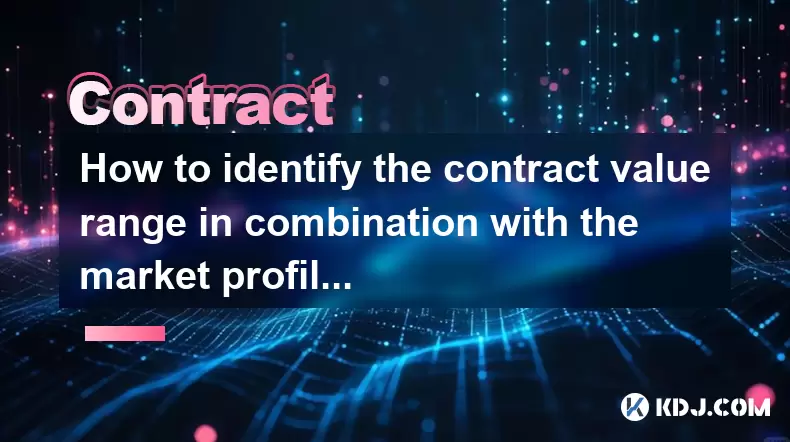
How to identify the contract value range in combination with the market profile?
Jul 02,2025 at 10:56pm
Understanding the Market ProfileTo effectively identify the contract value range in combination with the market profile, it's essential to first understand what each concept entails. The market profile is a framework that helps traders visualize how price and time interact across a given period, typically a trading day or session. It provides insights i...
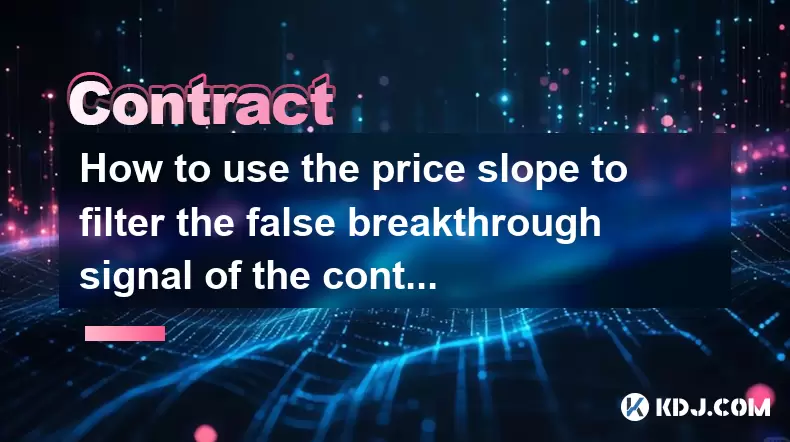
How to use the price slope to filter the false breakthrough signal of the contract?
Jun 20,2025 at 06:56pm
Understanding the Concept of Price Slope in Contract TradingIn contract trading, especially within cryptocurrency derivatives markets, price slope refers to the rate at which the price changes over a specific time period. It helps traders assess the strength and sustainability of a trend. A steep slope may indicate strong momentum, while a shallow slope...
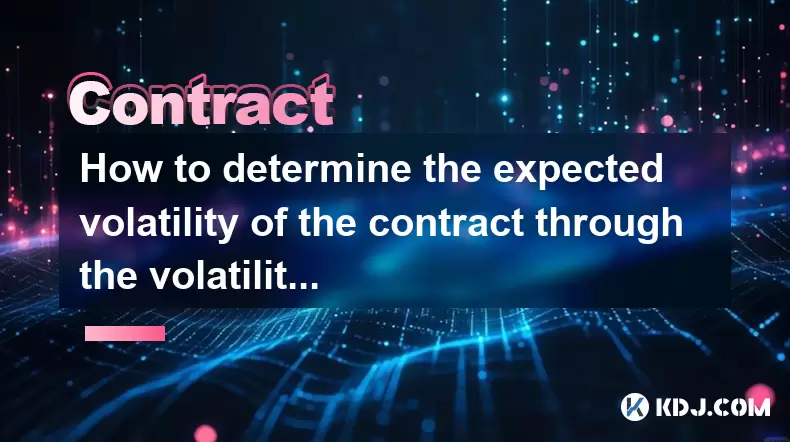
How to determine the expected volatility of the contract through the volatility cone?
Jun 19,2025 at 12:28pm
Understanding the Basics of Volatility in Cryptocurrency ContractsIn the realm of cryptocurrency trading, volatility is a key metric that traders use to assess potential risk and reward. When dealing with futures contracts, understanding how volatile an asset might become over time is crucial for position sizing, risk management, and strategy developmen...
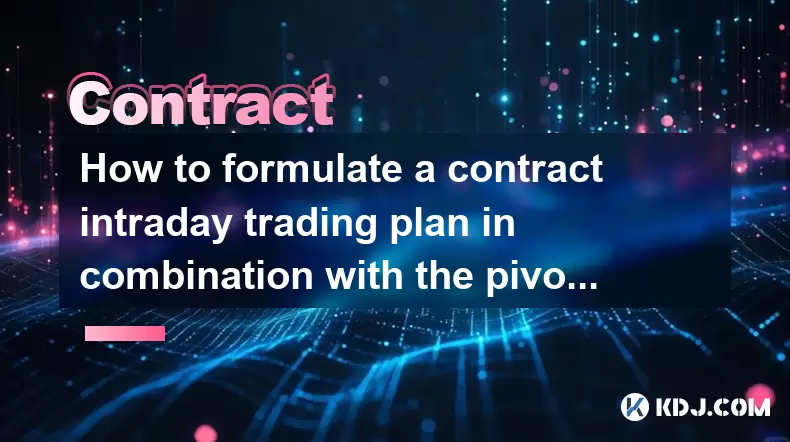
How to formulate a contract intraday trading plan in combination with the pivot point system?
Jun 21,2025 at 03:42pm
Understanding the Basics of Pivot Points in Cryptocurrency TradingPivot points are technical analysis tools used by traders to identify potential support and resistance levels. These levels are calculated using the previous day's high, low, and closing prices. In the context of cryptocurrency trading, where markets operate 24/7, pivot points help trader...
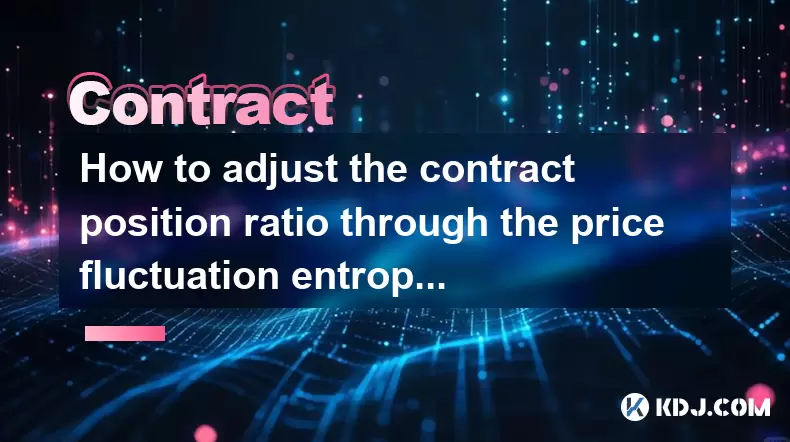
How to adjust the contract position ratio through the price fluctuation entropy?
Jun 22,2025 at 11:42am
Understanding Price Fluctuation Entropy in Cryptocurrency ContractsIn the world of cryptocurrency futures trading, price fluctuation entropy is a relatively new concept used to measure market volatility and uncertainty. It derives from information theory, where entropy refers to the degree of randomness or unpredictability in a system. In crypto contrac...
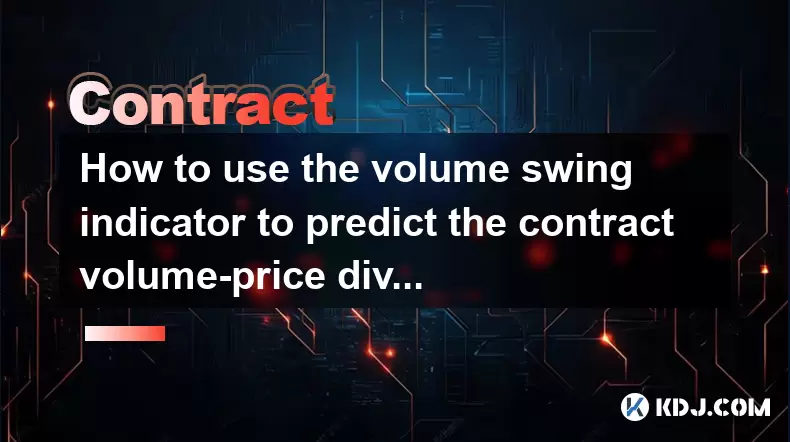
How to use the volume swing indicator to predict the contract volume-price divergence?
Jun 18,2025 at 11:42pm
Understanding the Volume Swing IndicatorThe volume swing indicator is a technical analysis tool used primarily in cryptocurrency trading to evaluate changes in volume over time. Unlike price-based indicators, this metric focuses solely on trading volume, which can provide early signals about potential market reversals or continuations. The key idea behi...

How to identify the contract value range in combination with the market profile?
Jul 02,2025 at 10:56pm
Understanding the Market ProfileTo effectively identify the contract value range in combination with the market profile, it's essential to first understand what each concept entails. The market profile is a framework that helps traders visualize how price and time interact across a given period, typically a trading day or session. It provides insights i...

How to use the price slope to filter the false breakthrough signal of the contract?
Jun 20,2025 at 06:56pm
Understanding the Concept of Price Slope in Contract TradingIn contract trading, especially within cryptocurrency derivatives markets, price slope refers to the rate at which the price changes over a specific time period. It helps traders assess the strength and sustainability of a trend. A steep slope may indicate strong momentum, while a shallow slope...

How to determine the expected volatility of the contract through the volatility cone?
Jun 19,2025 at 12:28pm
Understanding the Basics of Volatility in Cryptocurrency ContractsIn the realm of cryptocurrency trading, volatility is a key metric that traders use to assess potential risk and reward. When dealing with futures contracts, understanding how volatile an asset might become over time is crucial for position sizing, risk management, and strategy developmen...

How to formulate a contract intraday trading plan in combination with the pivot point system?
Jun 21,2025 at 03:42pm
Understanding the Basics of Pivot Points in Cryptocurrency TradingPivot points are technical analysis tools used by traders to identify potential support and resistance levels. These levels are calculated using the previous day's high, low, and closing prices. In the context of cryptocurrency trading, where markets operate 24/7, pivot points help trader...

How to adjust the contract position ratio through the price fluctuation entropy?
Jun 22,2025 at 11:42am
Understanding Price Fluctuation Entropy in Cryptocurrency ContractsIn the world of cryptocurrency futures trading, price fluctuation entropy is a relatively new concept used to measure market volatility and uncertainty. It derives from information theory, where entropy refers to the degree of randomness or unpredictability in a system. In crypto contrac...

How to use the volume swing indicator to predict the contract volume-price divergence?
Jun 18,2025 at 11:42pm
Understanding the Volume Swing IndicatorThe volume swing indicator is a technical analysis tool used primarily in cryptocurrency trading to evaluate changes in volume over time. Unlike price-based indicators, this metric focuses solely on trading volume, which can provide early signals about potential market reversals or continuations. The key idea behi...
See all articles

























































































